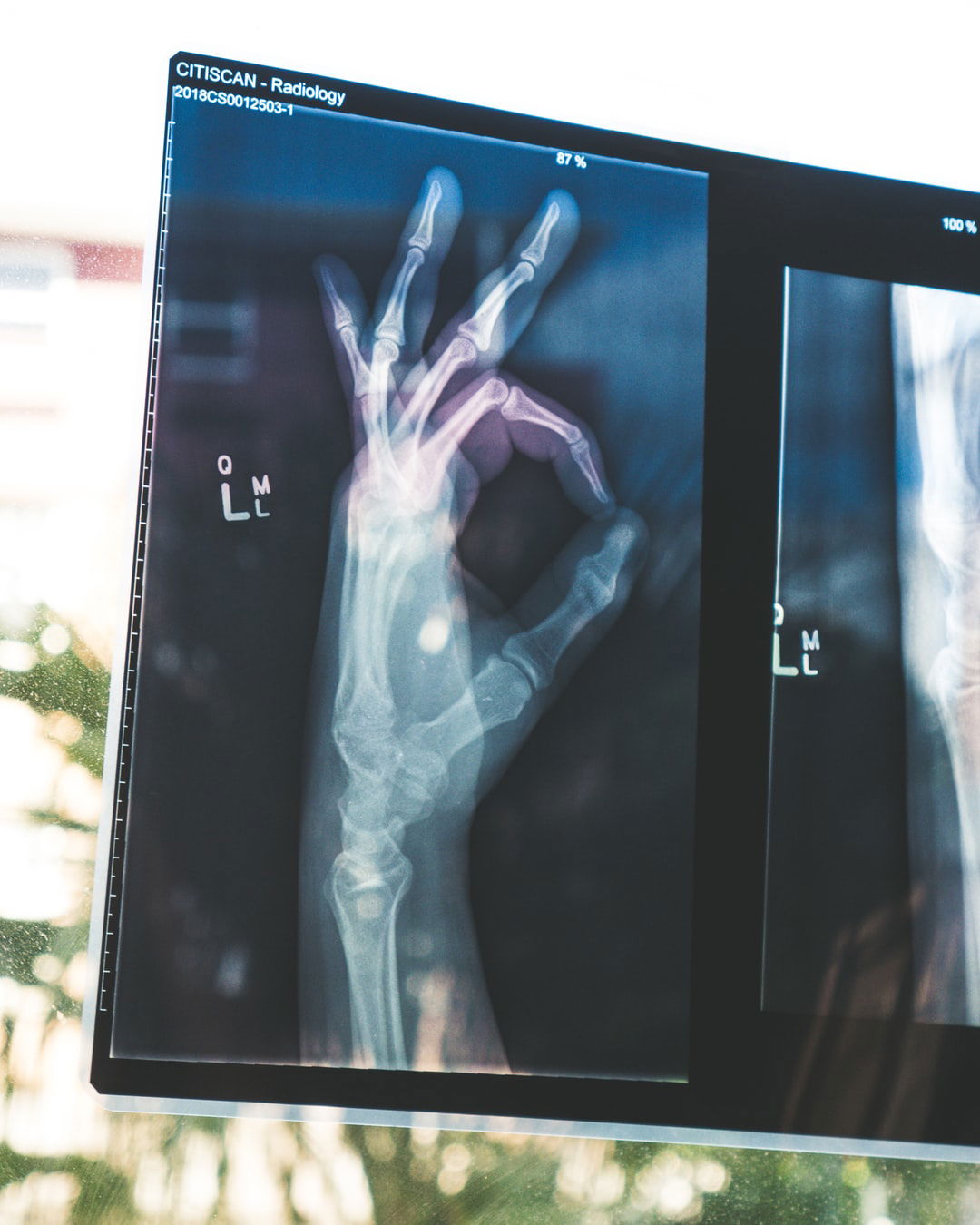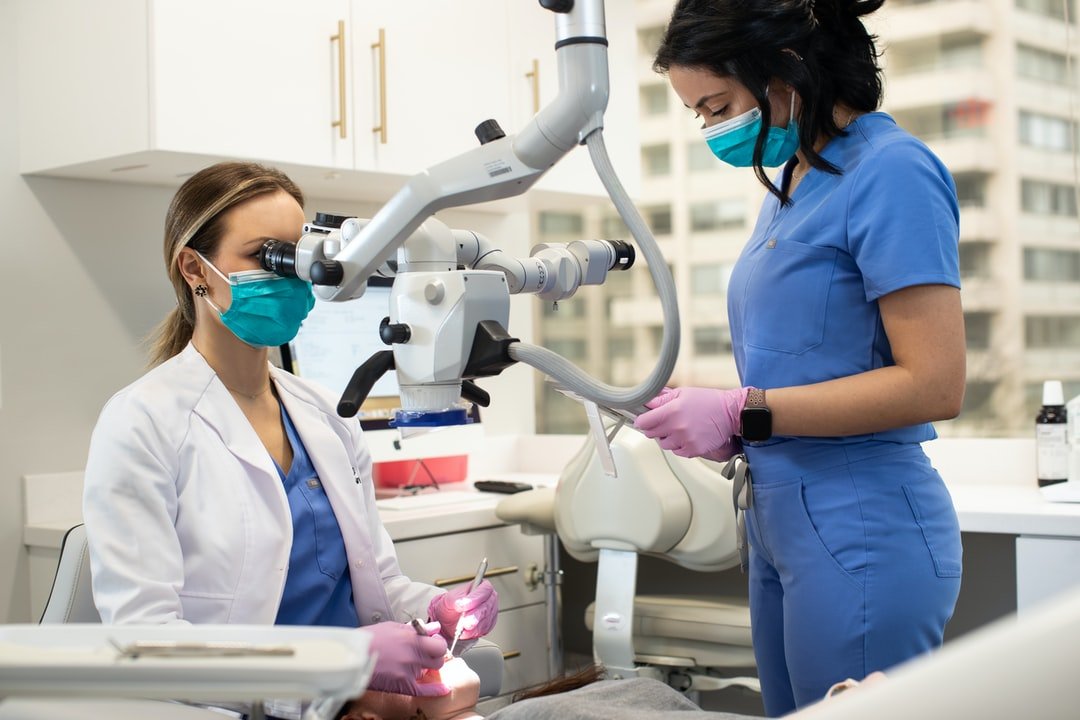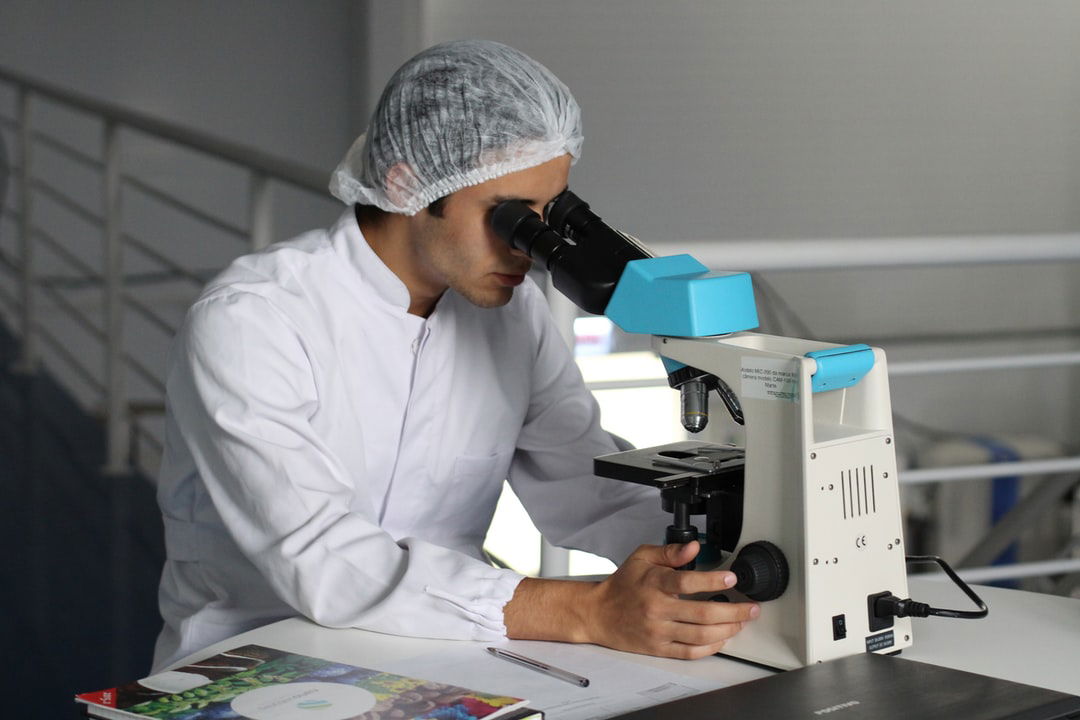
3D Medical Animation has opened up entirely new worlds for the animation and visual media industry. The use of this technology has allowed for a whole new way of delivering information and entertainment. Studies have shown that patients remember 80% of what they watch or read compared to only 10%.
A medical cartoon can be used for a number of different functions. In fact, most 3D medical animations feature actual 3D surgical techniques and surgery models. They may also combine various forms of media into a more comprehensive presentation. The use of 3D graphics allows for the creation of new and innovative content that will be helpful to medical professionals, patients, researchers, and even employers.
There are a variety of different purposes for 3D graphics in today's healthcare industry.
Some of these uses include: communicating better with patients, promoting better scientific concepts, and providing better ways for healthcare professionals to work with each other. The creation of 3D medical animations makes it easier for medical professionals and researchers to share and disseminate information related to their scientific and technical skills. It provides a greater understanding of surgical techniques and promotes the use of better scientific practices. It also allows for the rapid development of new surgical procedures through the implementation of better science and technology. This is important to the development of better medical services and medical technologies.
One of the major uses for 3D animation has been in the realm of drug development. 3D images have been used to help speed up the development process and determine the effects of new pharmaceuticals on the body. 3D images have also been used in the process of creating generic drugs. Generic drugs must meet identical specifications as patented pharmaceuticals do in order to be considered for approval by the US Food and Drug Administration. These animations help pharmaceutical companies learn how to create effective drugs that can meet these standards. Discover more about the 3D animation apps here on this site: https://infusemed.com/how-3d-medical-animation-helps-sell-medical-devices/.
Another use for 3D animation in the field of medicine has been in the realm of human anatomy and physiology. 3D images have been used extensively to study the human body and learn details about the structure of the body that most physicians do not always see or get during actual surgical procedures. This type of animation has even been used to create prosthetics for amputees to help them walk and move naturally. This animation provides medical professionals with the details they need to give patients a better chance of healing.
One of the largest areas of this service involves studying diseases and conditions in surgery. Many diseases, such as Parkinson's, diabetes, asthma, and liver disease can make it difficult or impossible for surgical staff to work accurately, so 3D medical animation allows them to better handle and view these complicated cases. The introduction of 3D animation has made it possible for doctors to work alongside their colleagues more closely. This helps to build better relationships that can lead to stronger teamwork while also helping to avoid unnecessary complications. An alternative post for more info on the topic here:
https://en.wikipedia.org/wiki/Computer_animation.


